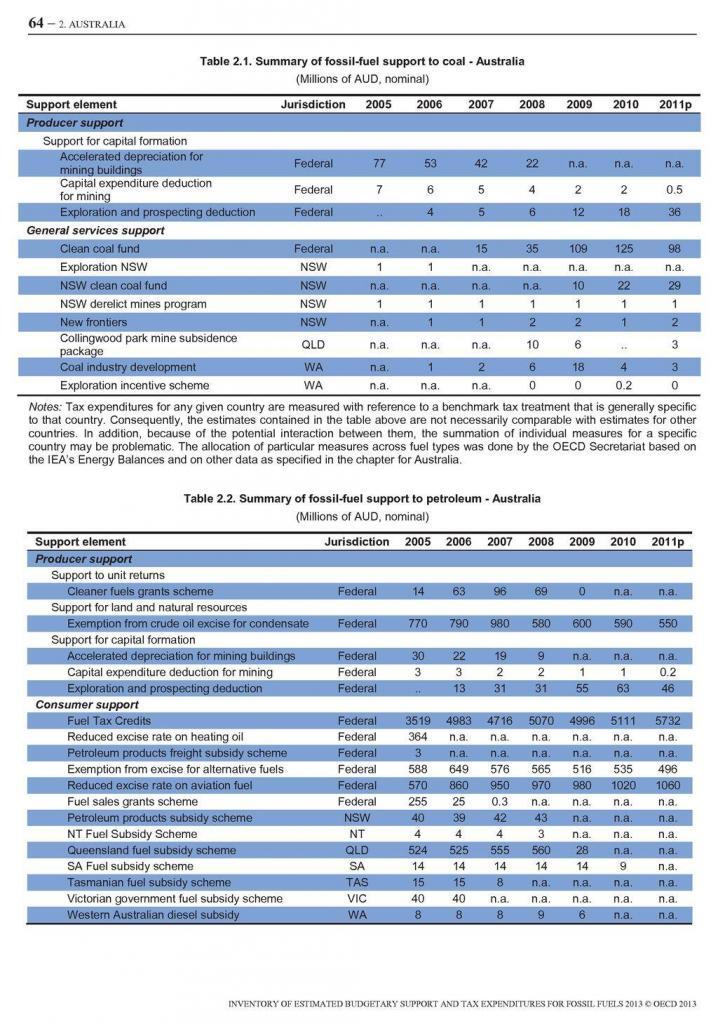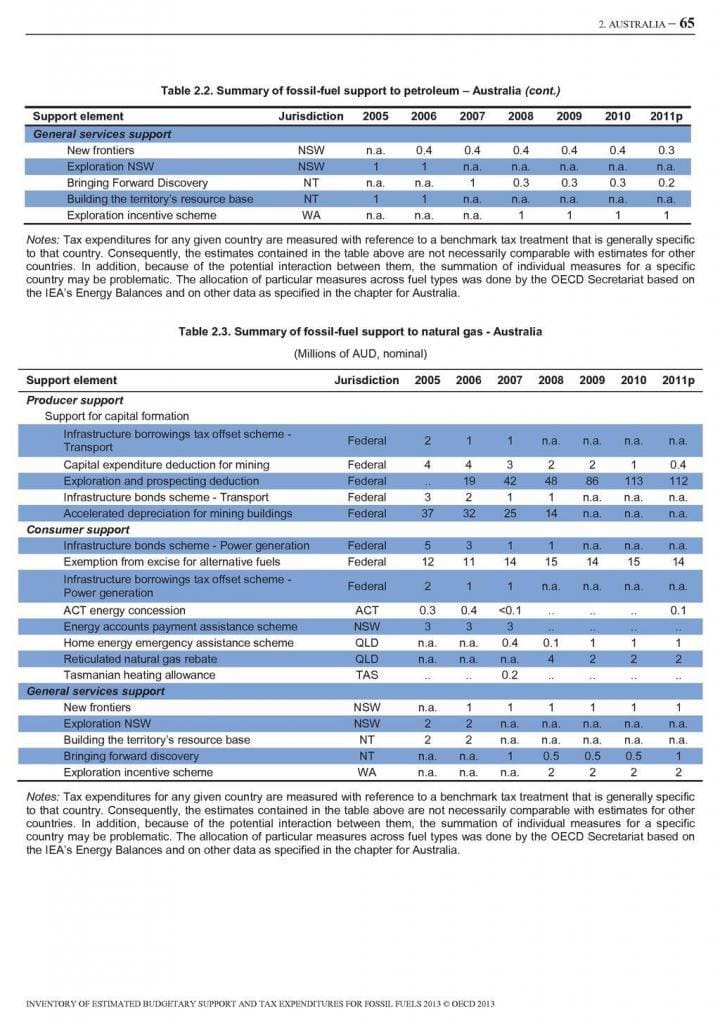It seems that around the world with increasing regularity, we hear complaints from opponents of solar energy that “solar subsidies are too generous”.
Without doubt, solar has received support over the years and in Australia we have been fortunate to receive rebates, feed-in tariffs and support through the Renewable Energy Target and targeting a wide variety of applications from remote farms to water pumps–and today, grid connected homes and businesses. The expressed aim of these mechanisms has almost universally been to “stimulate the increased uptake of solar, lower energy costs for consumers and help support new job creation” and in that they have been highly effective.
And logically, as prices for solar systems fall so too should the subsidies. And that is exactly what has happened (although the critics don’t seem to mention this).
There was a time not so long ago when every Australian household was eligible for an $8000 cash rebate when they purchased a 1kW solar system! This was then reduced to $4000 and then replaced with the Renewable Energy Target. Initially it provided similar levels of support, increasing for a short time and since then it has been progressively reduced. Today, it is equivalent to a discount of around 20-30% off the retail price although strictly speaking it isn’t a rebate.
We also had feed-in tariffs come and go around Australia. They blossomed in 2010, matured in 2011 and 2012 and in almost all states are have now wilted and been returned to the earth as history. If you export energy today in Australia the best you are likely to get is around 8c/kWh which is roughly equivalent to the wholesale generation cost of coal fired energy.
So, we’ve had support, but by and large is has now been removed. We are left in almost all cases with the Renewable Energy Targets as a single support mechanism.
The fossil fuel industry too, has received rebates. According to Treasury and new documents released at the recent G20 summit, the fossil fuel industry receives support rebates and tax incentives worth around $10 Billion dollars each year, and according to latest estimates (PDF), this is scheduled to continue increasing each year until at least 2016.
In total, the fossil fuel industry will have received more than $111 billion dollars in support between 2005 and 2016. So the next time you hear someone suggesting solar subsidies are unfairly biased towards solar, you might like to highlight this to them:
In rough terms at today’s prices is solar had received the same (not more, just the same) level of subsidies (ie $111 Billion dollars) we should have around 37GW of solar installed in Australia (at an unsubsidised rate of $3/W).
We have around one tenth of that (3GW) and in fact Australian consumers have paid for the vast majority of this investment with their own money.
Below are summary tables providing details of Australian subsidies for fossil fuels from the Federal Government report cited above. (Click to enlarge.)
© 2014 Solar Choice Pty Ltd
- Should you oversize Solar Panels to your Inverter? Pros and Cons explained - 3 February, 2017
- Lithium what? Know your Lithium Ion battery technologies - 28 May, 2014
- Government attacks Australian solar SMEs - 26 May, 2014


May I suggest you try to get this information to Alan Jones. Today someone told me is was complaining about all the subsidies to renewables but of course didn’t mention fossil fuels.
Please keep up the good work.
Bb
What is the total amount of subsidies given to renewables by the Federal government? I want to show hard proof that renewables are being screwed over.
I’m guessing that it hasn’t been answered since 2014 because there is probably something to hide.
Hi Niall,
Nothing to hide but also difficult to find numbers for renewable energy subsidies that are directly comparable to the periods discussed above. We will investigate this further in 2016.